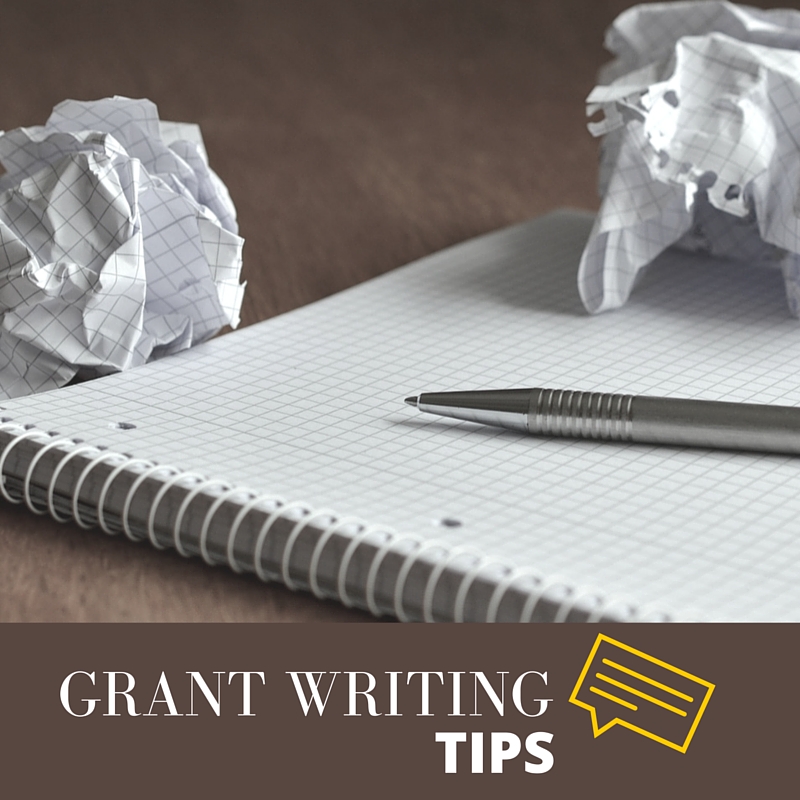
Recently the NIH completely redefined the format requirements for research grants. There were many changes, but one that seems to create a big mess of confusion is the redefinition of the sections of the proposal.
The old NIH proposal format had these sections:
The new NIH format has these sections:
In this blog series, I'm going to take you on a tour of the sections of the new NIH format, to explain why NIH made the changes they did (from my point of view), and what you should be doing to maximize your chances in each section. If you're someone who bores easily, I've even thrown in a few metaphors about sex and dating to keep you interested.
Here we go:
The specific aims
The specific aims is the least changed of the sections in the new format. That's an understatement - it didn't change at all. So, you may be wondering, should you be doing anything differently in your Specific Aims now compared to the old format?
My answer is this: there are some subtle tweaks you might consider making to the way you present your Specific Aims in the current format that will improve your odds. Yet by and large, a good Specific Aims is a good Specific Aims (I've written on that elsewhere in the blog).
Specifically, the NIH is placing increased emphasis on Innovation in the current environment - as indicated by the addition of the "innovation" section required in each proposal. We'll discuss your innovation in the third post of this series. But for now, it is worth considering: how can you convey the innovation of your project to the reviewer on the Specific Aims page itself?
My theory of the Specific Aims page holds that it should be a complete "mini-story" about your grant that gives the reader all of the key details, including why is the work important, why should it be done right now, what problem does it solve, why are you qualified to solve it, how are you going to do it, and in the big picture, how will it move the field forward.
Within the "how are you going to do it" usually lies the innovation. Here is your chance to convey that your work is new and different. Here is your chance to convey that your project brings together resources, ideas, and/or people in a new way.
Many people waste this opportunity. I've seen plenty of proposals where this key "how" part of the Specific Aims page is either: a) written so superficially as to give the impression of being completely pedestrian (meaning: not new or interesting), or b) written in such a technically dense manner as to be all but indecipherable except to the author (meaning: the reader won't "get it").
One hint about doing this: don't repeat words like "innovative" and "novel" over and over on your Specific Aims page – or in the proposal itself for that matter. These words get overused, and as such loose their power and effect. I've been traveling in Europe, and here when you buy a Coke or other soda, it often comes in a tiny little bottle. No chance of getting bored with your Coke there. Contrast that with the 48 oz "Super Big Gulp", where you have so much soda in one serving that the chances are very high that by the time you finish, the novelty of the flavors has completely worn off, and it's just a big influx of sugar water that's being gulped down by mere reptilian reflex. At least, I'm guessing that's how it is - I haven't ever tried to finish that much soda in one sitting.
Don't do that to your reviewer - on your specific aims or anywhere else in your proposal. Don't flood her with terms like "novel" or "innovative". Don't flood her with details and facts. Give the reader just enough so that she can be informed and interested to find out more - and that's it.
Another way of putting it is this: instead of trying to tell your reader how novel and innovative you are, show her (in words).
The length
Another thing we need to discuss before moving onto a discussion of your Significance, Innovation, and Approach is the length.
There are two primary ways I've seen people deal with the condensed length of the new NIH format (12 pages for Significance, Innovation, and Approach).
The first way is to cut short the discussion of the background behind the work, in order to preserve space to go into detail about how the work will be done. A typical example of this would be a very short Significance section (e.g. 1/2 page) and a very long Approach section (e.g. 9 pages).
The second way is to cut short the Approach section, providing far less in the way of experimental details, and using the space to provide a more "big picture" view of what the proposal is about, why it is important, who it serves, and so on.
Before reading on, I'd like you to think about which one of these you've been using, or would use if you've not written a proposal in the new format yet.
Now I'd like you to consider this in terms of a dating/romance/sex analogy (warning: for mature audiences only).
The Specific Aims is like your first meeting.
The Significance is like your first few dates.
The Innovation is like foreplay.
The Approach is like the sex.
If your method of dealing with the shortened format is to save everything so that you can have more space for the details in the Approach section – and you cut short your Significance and Innovation – it's a lot like "speed dating" followed by a long night of sex.
If you haven't spent the time during the initial dating period to "warm up" the romance, then the sex isn't likely to happen. Even if it does, it is shallow and empty.
You might think to yourself: but wait, some people (usually men, but not always) are so desperate for sex that they hire prostitutes.
Here's the difference. Your grant proposal is one of a stack of 12+ possible "partners," and the reviewer gets to be very picky about whom they're going to choose. Would anyone pick the "easy" (loose) person when they have a choice of something better? Rarely.
Here's the point, back in grant-specific terms: if you try to fit in all sorts of methodological detail at the expense of the big-picture significance, then you are shooting yourself in the foot.
I recently received an email from a client I'd helped who had just received a fantastic score on his R01 proposal (better than 3%, i.e. in the top 3 of 100 proposals submitted). He expressed quite some surprise at this great score, because he'd left the experimental details fairly vague - to the point that he wasn't 100% sure that he could even make the project work. Yet he'd done a lot of work in the proposal to explain why the project was important, why it was innovative, and why his team was qualified.
On the other hand, I've worked with some people who – no matter how much effort I expend trying to convince them otherwise – cling to the notion that every little detail of the experiments must be spelled out in the proposal. In order to have the space to do so, they leave out a lot of the "big picture" stuff. And the news on these types of proposals has been bad. Many are unscored (meaning they were in the pool of proposals that had poor initial scores and weren't discussed by the study section). Even those that do get scored and discussed are often left with picky or mediocre reviews.
This is not to imply that your approach isn't important. It is vitally important. If you choose the wrong approach, your proposal will go down in flames. But you must differentiate between "what is the approach" versus "the level of detail used to describe the approach." You must have a great approach. But you don't need to describe that in excruciating detail as if it were the "methods" section of a manuscript.
So, here's the final bottom line about the shorter length: the NIH has sent the clear signal that they don't want all the detailed minutiae about what reagent you're going to use, who the vendor is, and what temperature you're doing the experiment at. If you're conveying those things, without having spent the time (i.e. space) to convince the reader in the first place about the value of the work that you're doing, then your proposal will be received much like a proposition for a long night of sex after one short speed date.
In the next blog post, I'll dive into the meaning and purpose of the "Significance" section of your proposal.

7 replies to "NIH Grant Writing Tips: The new format – significance, innovation, approach"
Dear Morgan: Thank you for designing an approach to the newest challenges to the NIH application. I look forward to hearing more (and yes, I too have been missing your blogs). I know that we both have a common theme when we approach grant writing as: a proposal is really a marketing tool to get your science funded AND not every reader is going to have the patience to read every word of your application UNLESS you make it easy to read AND interesting! Thanks for sharing your words of wisdom with our grant writing community here at VA Boston Healthcare System. Best, Nancy
Seems strange that your whole post is geared to a 12 page format when the new length is 6 pages, not 12.
R01 is 12 pages
In this informative blog, Morgan explains and deconstructs dating in a way that all scientists can understand.
LOL, yes that’ true !
Seems to be some confusion here.
The R21 is 6 pages.
The R01 is 12 pages.
In the post above, I was referring to R01 and similar research grants, but the same points apply for shorter proposals like the R21.
where is the significance section blog post???
Thank you for all of the information!